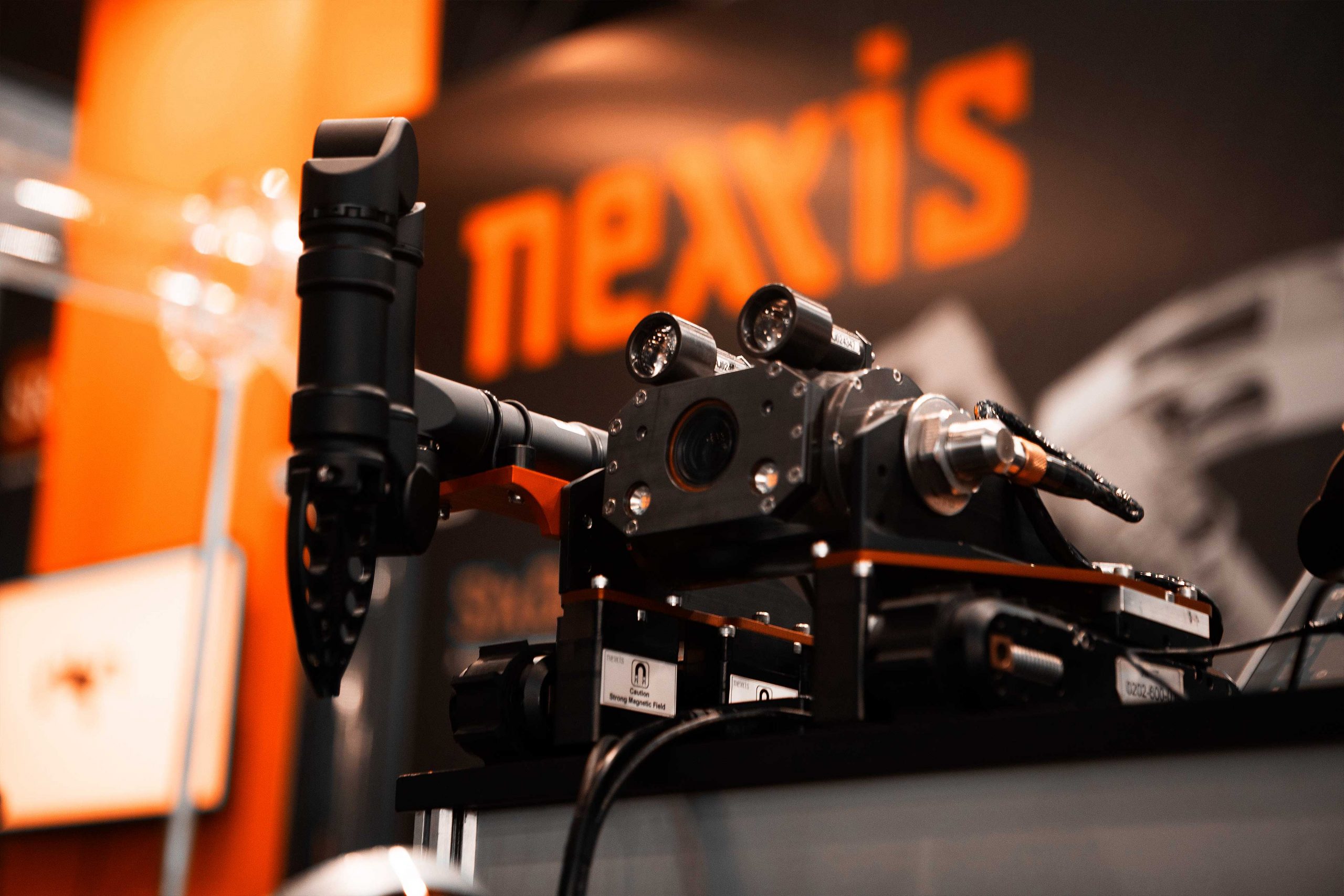Dextrous Manipulation: An overview

One of the greatest challenges for the advancement of robots is that of dextrous manipulation. But what is this, exactly?
The following provides an overview of what is one of the most complex issues for science to overcome before we achieve a robot that can truly carry out intricate tasks as well as a human.
What is Dextrous Manipulation?
This area of robotics focuses on creating finger-like appendages that can manipulate objects in the manner that a human would – for example, picking up a pencil.
However, the most important aspect to understand is that the manipulation is centred around how the object itself moves, rather than the ‘hand’ of the robot. To comprehend what this means, think of what happens when you pick up an object. You feel the object through receptors in your skin, allowing you to judge weight, fragility and the amount of force you need to exert on the object to hold it and bend it to your will. And all of this is done in real time and without you having to think about it.
When it’s broken down to its most basic, the human competence of dextrous manipulation becomes all the more amazing. So no wonder it’s taking scientists quite some time to crack!
Humans learn this skill from birth, honing the ability as they grow. Our hands are perfectly formed for wielding tools, so it makes sense that most robot hands designed for dextrous manipulation are modelled around this same design.
So let’s consider exactly what goes on when we handle an object.
Kinematics
Kinematics is all about the motion of objects. But when it comes to dextrous manipulation, we must also consider a host of other influences.
Very importantly, there’s the relationship between the force exerted on the object as to how it moves. As humans, we ‘know’ how to do this thanks to virtually instantaneous signals sent via receptors in our hands and fingers to the brain. This allows us to obtain the correct grip on an object and the amount of torque or force to use to make the object move as we desire without dropping or breaking it.
Rolling and sliding is another aspect. These same signals sent from the hand to the brain tell us how to adequately manipulate an object without it rolling or sliding away from us.
Friction also plays a large part in our dexterity – and nowhere is this more apparent than at the fingertips. Add in our virtually instant understanding of the internal force supplied by any object we handle – once again transmitted via the nervous system – and the intrinsic knowledge that ensues to enable us to provide the correct grasp on an object and you begin to understand the enormity of applying dextrous manipulation to a robot appendage.
The Current Status of Robotic Dextrous Manipulation
While the above explanation is very simplified, it identifies that the most challenging aspect to creating autonomous robotic dextrous manipulation is a lack of adequate tactile sensing. It’s this that makes fine motor movement in humans possible, something that – as of yet – can’t be duplicated in a robot.
However, what we have achieved is a level of autonomous robotic dexterous manipulation within a controlled environment. Several robotic hands have been produced over the past 20 years and are mainly used in research settings. Both hardware and software limitations prevent their use outside of a laboratory environment. In fact, it seems the current trend isn’t to produce a robotic hand that can act as a human. Instead, there’s a focus on breaking down the dextrous manipulation process into small elements to be studied individually.
Other areas that are showing promise include supervised manipulation, whereby a human operator carries out the manipulation and the robot performs the dextrous task. Miniature manipulation is also an areas under intensive study.
Discover more about dexterous manipulation in this Stanford University paper
As leaders in the field of robotic NDT and maintenance equipment to the oil & gas, mining and petrochemical industries, Nexxis is wholly fascinated by the advancement of every aspect of robotics. Their services are in much demand, thanks to a solutions-driven model of equipment provision.
Discover more about how this radically different approach could give your industry the edge over your competitors. Contact us to find out more about Inspection Robots or any of our other custom solutions, or request a quote online.
Carry on reading How Robots Are Shaking up NDT Inspections to find out more.
